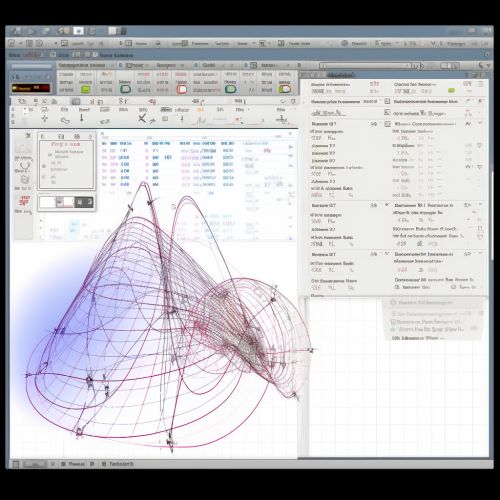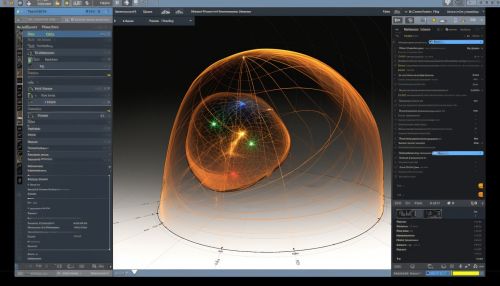TeX
Introduction
TeX is a typesetting system that was designed and mostly written by Donald E. Knuth. It was created with the goal of enabling anyone to generate high-quality books using a reasonably minimal amount of effort, and to provide a system that would give exactly the same results on all computers, at any point in time[1].


History
TeX was designed in the late 1970s, when Donald Knuth became frustrated with the quality of the galley proofs of his book The Art of Computer Programming. After receiving the galley proofs of the second edition, he found them inferior to the first edition[2]. This led him to undertake a project to design his own typesetting system. The name "TeX" comes from the Greek word τέχνη (tekhnē), meaning "art" or "craft", which is also the root of "technical".
Design
TeX is based on the idea of "glue", a flexible space that can expand or contract to fill available space, and "boxes", rectangular areas that contain text or other boxes. This concept allows TeX to calculate the optimal way to break lines and pages. The design of TeX incorporates many features of the IBM 1130 Scientific Subroutine Package II[3].
Functionality
TeX provides a different approach to typesetting than traditional, WYSIWYG systems. It is intended to be used in conjunction with a text editor and a previewer. Users of TeX create their documents by typing a plain text file with the appropriate TeX commands and then running the TeX program to produce a typeset version. The user must know the TeX markup language to create a document. TeX also has a number of built-in macros, and users can create their own.
Versions and derivatives
There have been many versions and derivatives of TeX, including LaTeX, pdfTeX, XeTeX, and LuaTeX. Each of these has added new features and capabilities, and they are all compatible with the original TeX program. LaTeX, for example, is a document preparation system and macro package for TeX that simplifies many of the complexities of the original program.
Impact and legacy
TeX has had a significant impact on the typesetting industry. It is widely used in academia, especially in mathematics, computer science, engineering, and physics. Its influence is also seen in a variety of other areas such as in typesetting of books and periodicals.
See Also
References
- ↑ Knuth, Donald E. (1984). The TeXbook. Addison-Wesley. ISBN 0-201-13447-0.
- ↑ Knuth, Donald E. (1989). TeX and METAFONT: New directions in typesetting. Digital Press. ISBN 0-932376-02-9.
- ↑ Knuth, Donald E. (1986). Computers & Typesetting, Volume B: TeX: The Program. Addison-Wesley. ISBN 0-201-13437-3.
